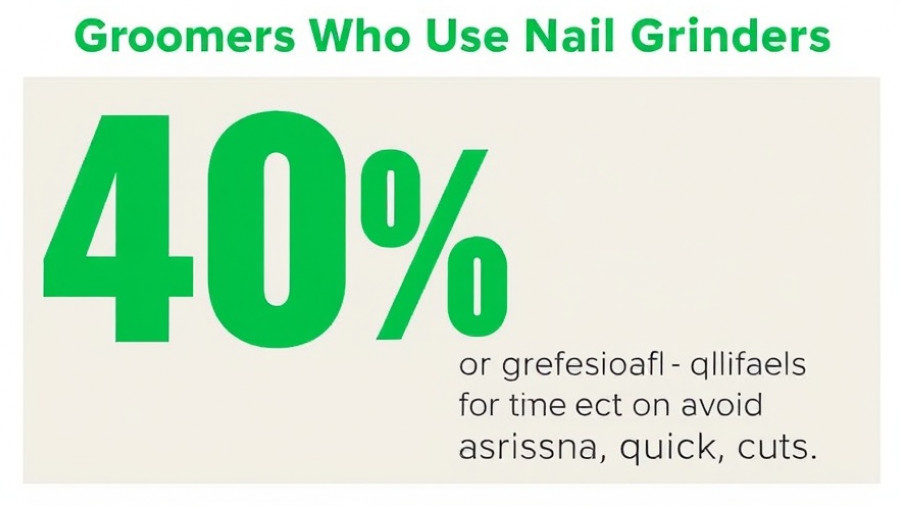
Understanding Your Dog: The Foundation of a Strong Bond
For many pet owners, their dog is not just a pet but a cherished family member. Understanding common dog behaviors is essential to building a harmonious relationship with our furry companions. Dogs communicate through various means, including tail movements, vocalizations, and body language—all of which reflect their feelings and intentions. This guide aims to help owners decipher the different behaviors of dogs, enhancing their knowledge and bond with these loyal animals.
The Language of Tail Movements
At the forefront of canine communication lies the tail, a barometer of a dog's emotional state. While many people associate a wagging tail with a happy dog, the truth is more nuanced. The speed and direction of a tail wag can offer insights into whether a dog is excited, anxious, or even aggressive.
A study published in Current Biology emphasizes that dogs tend to wag their tails to the right when feeling joy, while a leftward wag can indicate anxiety or a desire to withdraw. Fast wags usually signify exuberant excitement, while slow movements may reflect insecurity or caution. Understanding tail position further enhances communication; for instance, a high tail typically indicates confidence, while a tucked tail suggests fear.
The Context Matters
To decode a dog's tail language effectively, it's crucial to consider the context. A tail held high in conjunction with an alert stance may suggest confidence. Conversely, a tail wagging stiffly while held straight out may serve as a warning. The American Kennel Club advises observing the dog's overall body language to grasp the full picture. Engaging with your dog in varied situations can refine this skill, fostering stronger communication and companionship.
Vocal Cues: What Your Dog is Trying to Say
Beyond tail movements, dogs express themselves through vocalizations, including barks and whines. Understanding these various sounds is immensely beneficial in enhancing your relationship with your furry friend. The pitch, volume, and frequency of barks can denote different intentions or emotions. For instance, a high-pitched bark may indicate excitement or playfulness, while a low, growling bark could signal aggression or alertness.
Research featured in Animal Cognition highlights that owners who pay attention to their dog's vocal cues can better respond to their needs and emotions. This connection not only enriches the owner's experience but also nurtures a dog's overall wellbeing.
The Importance of Body Language
Canine body language is a rich form of communication that encompasses more than just the tail and vocal sounds. Dogs exhibit various postures that reveal their feelings. For instance, a dog that lies down with its belly exposed is likely showing submission or trust, while a stiff posture with raised hackles typically indicates fear or aggression.
Understanding these signals requires observation and patience. For those new to dog ownership, spending time watching other dogs interact can offer insights into this complex communication system.
Emotional Insights: How Dogs Feel
Grasping common dog behaviors extends beyond just understanding their physical signals; it can lead to emotional insights that enhance the owner-pet bond. Dogs are overwhelmingly empathic animals and can often pick up on their owner's emotions. Owners experiencing stress or sadness may notice their dog becoming more affectionate or protective. Recognizing these moments allows owners to reciprocate that affection, fostering an even deeper bond.
Conclusion: Embrace the Journey of Understanding
As you embark on this journey of understanding your dog, remember that every dog is unique in its communication style. Taking the time to observe and learn about their behaviors can significantly enhance your relationship. By grasping these signals, you not only improve your dog’s quality of life but also enrich your own experience as a devoted owner.
Call to Action: Consider joining local pet workshops or online courses to further delve into canine behavior and deepen your understanding of your furry friend.
 Add Row
Add Row  Add
Add 




Write A Comment